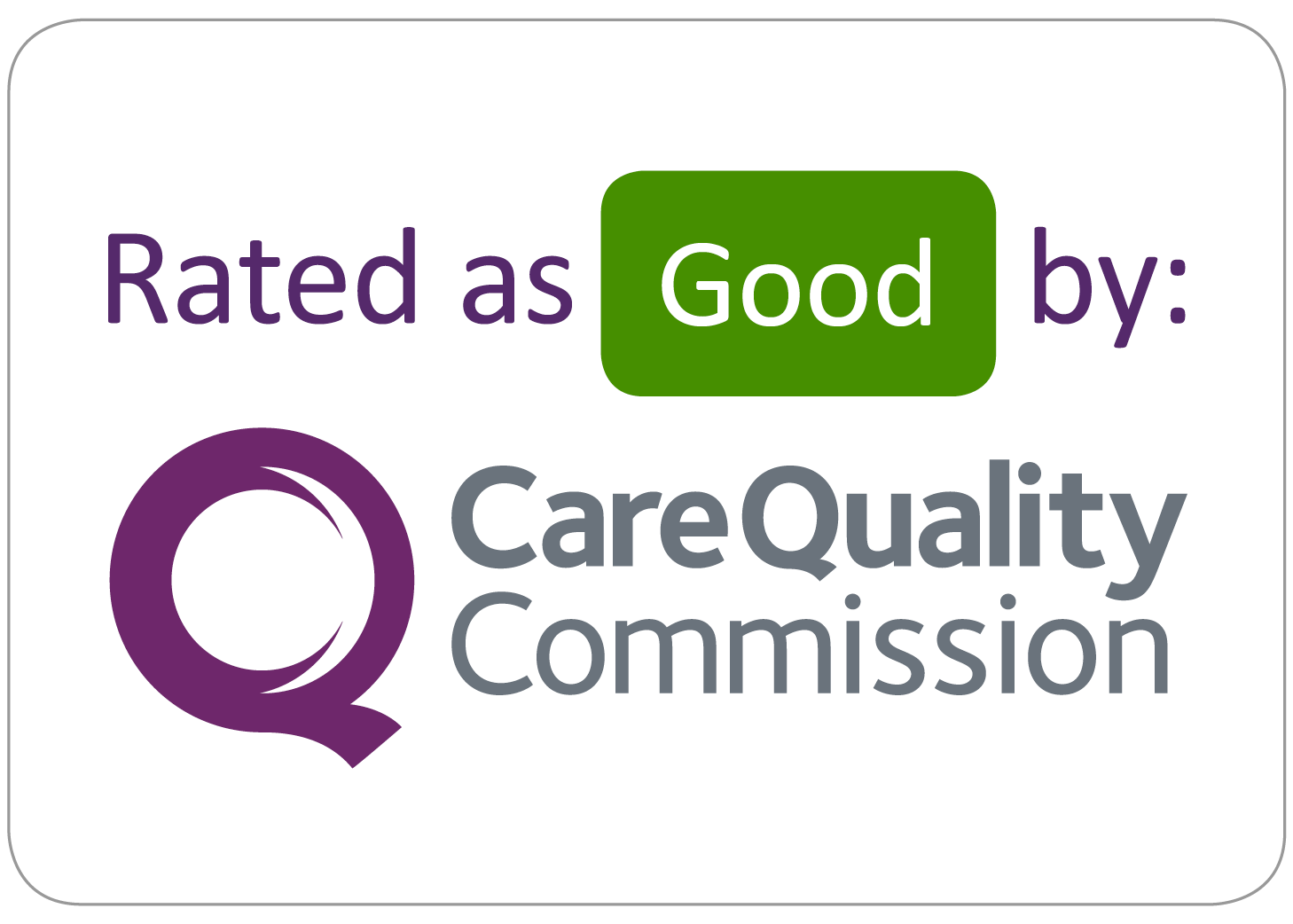Open and honest care
Open and honest care: driving improvements
We are one of a number of NHS organisations who want to be open and honest with our patients. This is how a modern NHS hospital should be – open and accountable to the public and patients and always driving improvements in care. As a member of the ‘Open and honest care: driving improvement’ programme, we continue to work with patients and staff to provide open and honest care, and through implementing quality improvements, further reduce the harm that patients sometimes experience when they are in our care. We have made a commitment to publish a set of patient outcomes, patient experience and staff experience measures so that patients and the public can see how we are performing in these areas. Each month we collaborate with other care providers to share what we have learned and to use this information to identify where changes can be made to improve care.
Open and honest care 2014 / 2015
CHFT Open and Honest - March 2015
CHFT Open and Honest - February 2015
CHFT Open and Honest - January 2015
CHFT Open and Honest - December 2014
CHFT Open and Honest - November 2014
CHFT Open and Honest - October 2014
CHFT Open and Honest - September 2014
CHFT Open and Honest - August 2014
CHFT Open and Honest - July 2014
CHFT Open and Honest - June 2014
CHFT staffing levels
Safe Staffing Levels
Following publication of the NQB Report ‘How to ensure the right people, with the right skills, are in the right place at the right time’ and the DH Report ‘Hard Truths – The journey to putting patients first’, Trust Boards have a responsibility from April to publish monthly data on planned and actual staffing on a shift by shift basis at ward level for the previous month.
Calderdale and Huddersfield NHS Trust is committed to ensuring high quality care for all our patients.
Our June 2016 review of our Nurse Staffing fill rate showed:
LOCATION | DAY | NIGHT | ||
|---|---|---|---|---|
Average Fill Rate - Registered Nurses/Midwives (%) | Average Fill Rate - Care Staff (%) | Average Fill Rate - Registered Nurses/Midwives (%) | Average Fill Rate - Care Staff (%) | |
Huddersfield Royal Infirmary | 87.7% | 105.0% | 93.0% | 128.6% |
Calderdale Royal Hospital | 83.7% | 96.3% | 92.0% | 110.1% |
It is important to note that to ensure the best possible staffing across the organisation, there is senior oversight of all staffing numbers, and this is managed to ensure staffing levels for each ward is matched to occupancy and dependency of patients. Practically this means that a number of wards may have a small staffing shortfall, rather than one ward facing a significant shortfall. Hence the number of shifts at planned staffing levels needs to be balanced with staff fill in total against planned numbers. The trust is working on a number of key areas in order to ensure that staffing levels are appropriate.
The ward by ward figures are in the PDF attachments below.
You can click on the link below to view information from our trust relating to a variety of key areas.
CHFT Staffing Levels 2018 / 2019
CHFT Staffing Levels 2016 / 2017
CHFT Staffing Levels - March 2017
CHFT Staffing Levels - February 2017
CHFT Staffing Levels - January 2017
CHFT Staffing Levels - December 2016
CHFT Staffing Levels - November 2016
CHFT Staffing Levels - October 2016
CHFT Staffing Levels - September 2016
CHFT Staffing Levels - August 2016
CHFT Staffing Levels - July 2016
CHFT Staffing Levels - June 2016
CHFT Staffing Levels 2015 / 2016
CHFT Staffing Levels - March 2016
CHFT Staffing Levels - February 2016
CHFT Staffing Levels - January 2016
CHFT Staffing Levels - December 2015
CHFT Staffing Levels - November 2015
CHFT Staffing Levels - October 2015
CHFT Staffing Levels - September 2015
CHFT Staffing Levels - August 2015
CHFT Staffing Levels - July 2015
CHFT Staffing Levels - June 2015
CHFT Staffing Levels 2014 / 2015
CHFT Staffing Levels - March 201
CHFT Staffing Levels - February 2015
CHFT Staffing Levels - January 2015
CHFT Staffing Levels - December 2014
CHFT Staffing Levels - November 2014
CHFT Staffing Levels - October 2014
CHFT Staffing Levels - September 2014
CHFT Staffing Levels - August 2014
CHFT Staffing Levels - July 2014

















